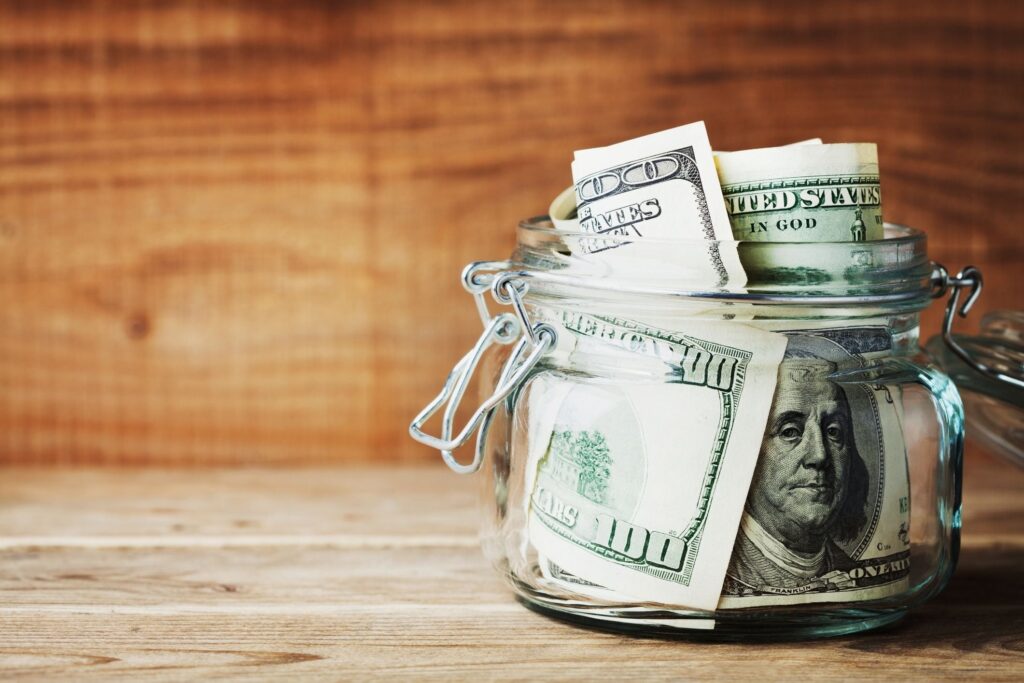
Most of us need all the help we can get saving for retirement. Social Security throws a little money our way, and 401(k) employer matching contributions boost our savings efforts, too. But there’s another low-effort source of retirement money you may be overlooking: Matching contributions in your HSA.
As with 401(k) match, you only get your employer-funded HSA deposits when you actually contribute to the HSA yourself. Therein lies the problem for many U.S. workers. In January 2020, about 16% of HSAs had zero balances. Those accountholders could be missing out on some easy money. The same is true for anyone who has access to an HSA with employer match but hasn’t yet opened an account.
The Employee Benefits Research Institute (EBRI) pegs the average annual employer-funded HSA contribution of employers at $895. If that employer contribution of $895 per year earned market-level annual returns of 7%, that money would grow to $60,000 after 25 years. And the true buying power of that balance is even higher than traditional IRAs and 401(k)s, because when you use the funds for your healthcare expenses, HSA withdrawals are tax-free.
HSA basics
You are eligible to open an HSA when you have a high-deductible health plan (HDHP). In 2021, HDHPs are defined as having an annual deductible of at least $1,400 for individual coverage and $2,800 for family coverage. If you sign up for an HDHP through your employer’s open enrollment period, your employer may offer an HSA at that time. Even if your employer doesn’t do that, you can open an HSA on your own.
For saving and investing
HSAs can be easily confused with Flexible Spending Accounts or FSAs — which is possibly one reason why more people aren’t taking advantage of these powerful savings vehicles. Funds in your FSA have to be used by the end of the year, but the HSA does not have this limitation. You can (and should) roll over your HSA funds for years or even decades. The account actually caters to long-term savers, because you can invest the balance. Investment options vary by plan provider, but usually include at least mutual funds and, possibly, ETFs and individual stocks, too.
Triple tax benefit
The HSA offers you a rare triple tax benefit. Your HSA contributions are tax-free, earnings are tax-deferred, and withdrawals used for qualified medical expenses are also tax-free. Qualified expenses include dental treatments, prescription drugs, eye exams, hospital services, copays for doctor’s visits, and a long list of other services and equipment. Before the age of 65, you’ll pay a penalty and income tax on any distributions you take for non-qualified expenses. But after 65, the penalty drops away. You can take money out for any purpose, as long as you pay income tax on the withdrawals that aren’t used to pay medical bills.
That means there’s no real danger of putting too much of your retirement savings into your HSA. Even if you don’t need the money for healthcare, you can use it to supplement your 401(k) distributions, which are equally taxable in retirement.
Getting started with an HSA
If you have an HDHP, you should also have an HSA. That’s a no-brainer given the account’s unique tax benefits. But then also ask your benefits administrator if your employer offers HSA matching contributions. If so, set your own contribution rate at least high enough to get your full HSA match. Under IRS rules, you can contribute up to $3,600 annually if you have an individual HDHP and up to $7,200 if you have a family HDHP.
Next, make a plan for using these funds. You can use your HSA for current medical expenses, but it’s smart to allocate a portion of your contributions to long-term saving. Invest the long-term piece in broad index funds or ETFs, and hold the rest in cash.
Easy money
To be clear, not all employers offer HSAs, and even those that do don’t always match employee contributions. However, if your employer does, it’s worth taking a look.
The HSA isn’t just a sidekick to the 401(k) or a short-term savings account. It’s a powerful investment account that could end up being the hero of your retirement plan. Make the most of it by qualifying for your full employer match and investing at least part of your contributions for the long term. Do so and you could be $60,000 richer at retirement.





























